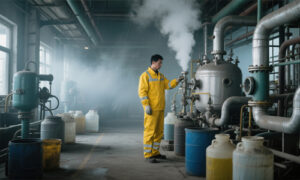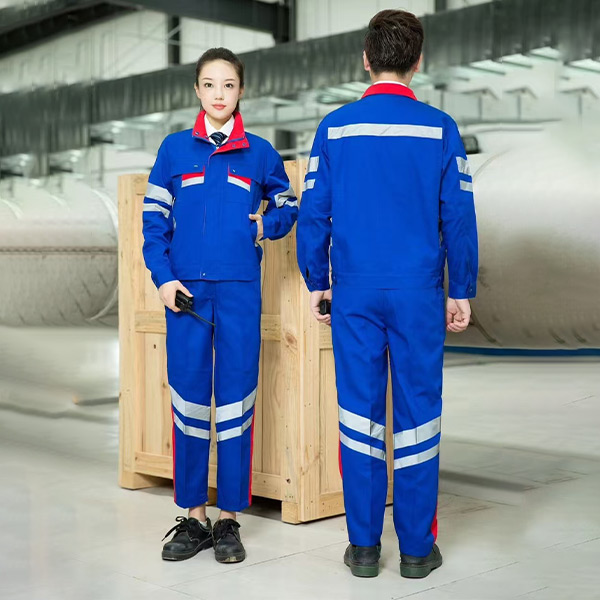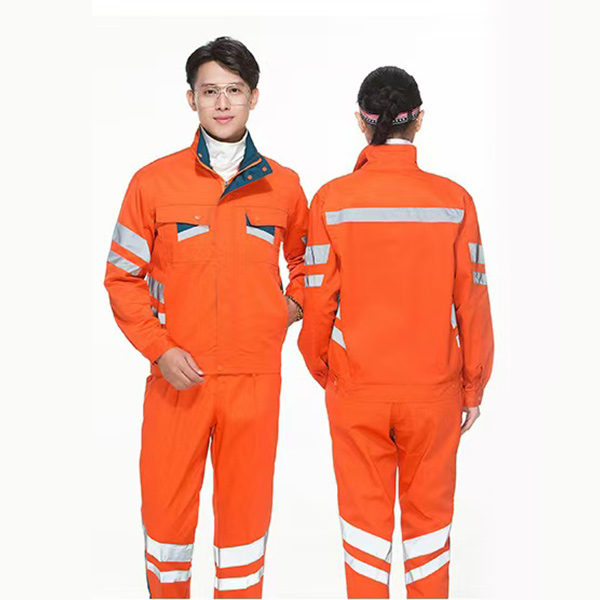With the upgrading of industrial safety standards, functional workwear is transforming from single protection to composite technology integration. The collaborative innovation of anti-static workwear, acid and alkali resistant workwear and flame retardant workwear has become an important direction for the industry to break through safety bottlenecks.
Refined upgrade of anti-static technology
In the fields of electronic manufacturing, precision instruments, etc., anti-static workwear continuously optimizes the efficiency of charge dissipation by embedding conductive fibers and grounding devices. While maintaining breathability, the new generation of fabrics has a stable surface resistance of 10^6-10^9Ω, avoiding safety hazards caused by static electricity accumulation.
Innovation of composite acid and alkali resistant materials
For high-risk scenarios such as chemical industry and electroplating, acid and alkali resistant workwear adopts polymer coating and fiber blending technology to form a double protective barrier. The composite fabrics developed by some companies can resist the penetration of acid and alkali solutions with a concentration of one-third, while improving the tear resistance and extending the service life of clothing.
Breakthrough in the balance between flame retardancy and comfort
Flame-retardant workwear uses carbonized layer barrier technology to quickly form a heat-insulating protective film when exposed to open flames. Current research and development focuses on lightweight flame-retardant materials. On the basis of maintaining 800℃ high-temperature protection, the weight of the fabric is reduced by one-fifth to improve wearing flexibility.
Industry practice shows that three-in-one multifunctional workwear has entered the testing stage, integrating anti-static, acid and alkali resistance and flame retardant properties into a single piece of clothing through a layered composite process. Such innovations not only reduce the cost of enterprises purchasing multiple sets of equipment, but also provide 24-hour three-dimensional protection for high-risk operators. With the advancement of material science, the technical combination of functional workwear will redefine industrial safety standards.











